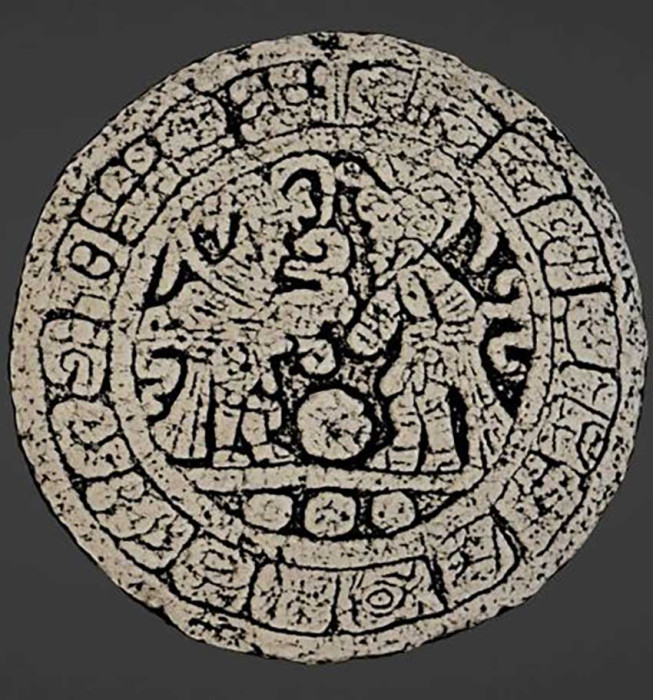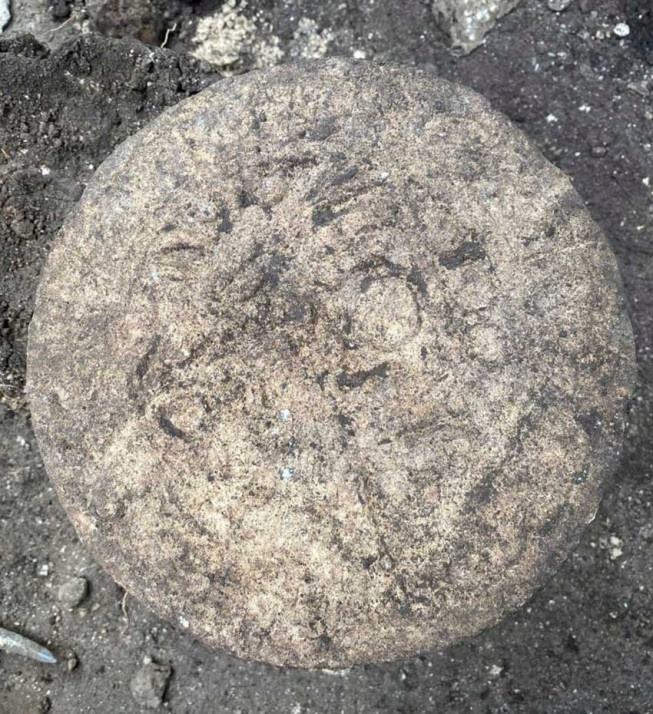Mexico: The discovery of a mysterious 1,100-year-old sculpture sheds light on the history of the sacred sport of the Mayans

Archaeologists have discovered a Mayan sports scoreboard over 1100 years old in Mexico.
At the archaeological site of Chichén Itzá in Mexico, archaeologists have discovered a stone disc that features Mayan hieroglyphics and two ballplayers. More than 1100 years old, the object would be a kind of sports scoreboard.
What could the scoreboards of the ball courts look like , this traditional practice of the Mesoamerican peoples which was played with a heavy rubber ball? On April 10, archaeologists from the National Institute of Anthropology and History (INAH ) from Mexico discovered a circular stone that would have been the scoreboard for the Casa Colorada (or Chichanchob) ball court, at the site of Chichén Itzá, Yucatán. Nicknamed Disco de los Jugadores de Pelota (or the Disc of the ball players in French), the object, which measures 32 cm in diameter and weighs 40 kg, features a complete text in hieroglyphs as well as two characters dressed as ball players standing next to a ball.
A sign hanging on a wall
The Ball Players Disc was unearthed by archaeologist Lizbeth Beatriz Mendicuti Pérez, 58 cm from the surface of the ground, upside down. According to specialists, this suggests that it must have been hung on the wall and that it was found on the ground after falling.

Two ballplayers were identified by archaeologists on the scoreboard.
Thanks to its good state of preservation, archaeologists have already been able to give a first interpretation of the scene represented on the artefact . The figure on the left wears a feathered headdress and a belt with a flower, probably a water lily according to the INAH. At the level of his face, a form could represent a breath or a voice. The other player wears ball game protections as well as a headdress known as the " snake turban ", reserved for high-ranking Mayan personalities and seen in many performances at Chichén Itzá.
A rare discovery
Around the figures, 18 cartridges make up a band of Mayan hieroglyphs. “ On this Maya site , it is rare to find hieroglyphic writing, much less a complete text; this has not happened for more than 11 years ,” archaeologist Francisco Pérez Ruiz said in an INAH statement. According to the specialist, the artifact dates from the late 800s or early 900s AD, either from the Late Classic period (from 800 to 900) or from the Postclassic (from 900 to 1521) in the Mayan civilization.

The ball game scoreboard was unearthed upside down at the archaeological site.
Now, archaeologists will conduct a campaign of high-resolution images to better examine the artifact. In parallel, an iconographic and epigraphic study will be carried out to decipher the writing and pierce the mysteries of the Disc of the ball players.
Source : websites

